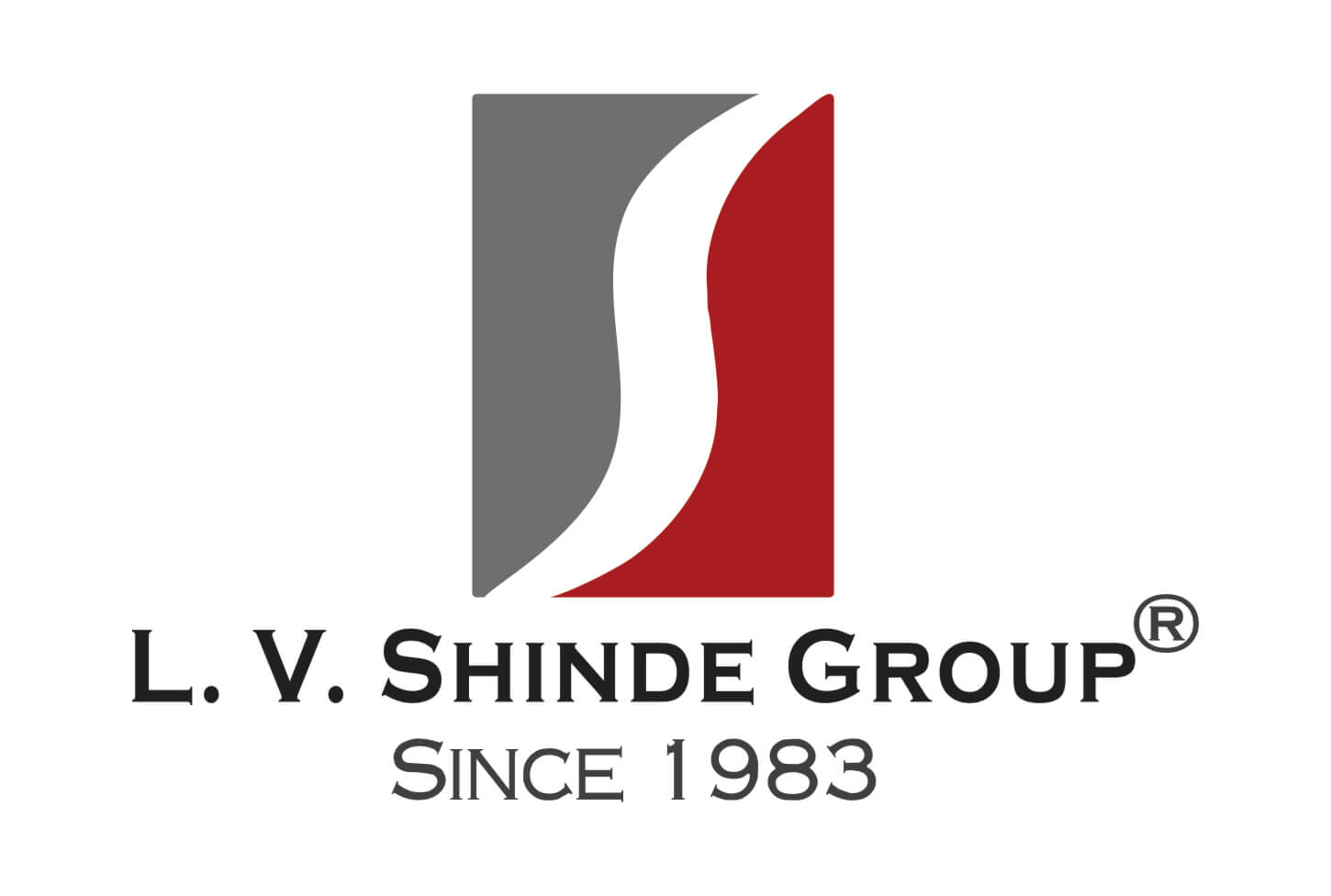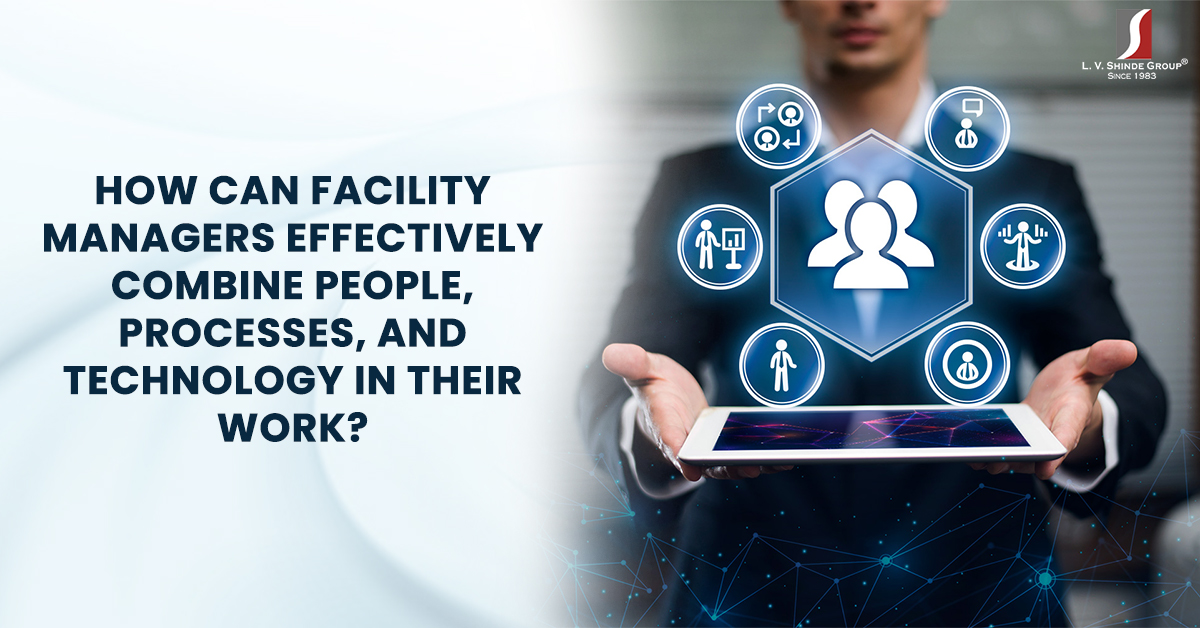How Can Facility Managers Effectively Combine People, Processes, And Technology In Their Work?
Facility Management
Facility management plays a vital role in maintaining efficient and productive environments. It encompasses various aspects of overseeing and optimizing facilities, including infrastructure, operations, and services.
To achieve success in facility management, it is crucial to effectively combine three key elements: People, Processes, and Technology. By leveraging these components harmoniously, facility managers can unlock the full potential of their facilities and enhance overall performance.
Related Blog: What is Facility Management? Here’s All You Need To Know About FMS!
Importance of Combining People, Processes, and Technology
In the dynamic field of facility management, the integration of people, processes, and technology is essential for achieving operational excellence. This synergy enables organizations to streamline operations, drive efficiency, improve cost-effectiveness, and deliver exceptional experiences for occupants and stakeholders.
Here are some key reasons highlighting the importance of combining these three elements:
1. Enhancing Collaboration:
Bringing together people, processes, and technology fosters collaboration and effective communication across teams, departments, and stakeholders. This synergy promotes cross-functional cooperation, knowledge sharing, and collective decision-making.
2. Driving Efficiency:
Integrating people, processes, and technology optimizes workflows, eliminates redundancies, and minimizes errors. It enables streamlined operations, reduces downtime, and maximizes resource utilization, leading to increased productivity and cost savings.
3. Empowering Innovation:
The combination of people, processes, and technology creates a fertile ground for innovation. By encouraging creativity and leveraging technological advancements, facility managers can identify opportunities for continuous improvement and implement innovative solutions that drive sustainable growth.
4. Enhancing Customer Experience:
When people, processes, and technology align seamlessly, it results in a superior customer experience. Whether it’s occupants, employees, or visitors, a well-managed facility that leverages efficient processes and technology positively impacts their satisfaction, well-being, and overall perception of the organization.
5. Enabling Data-Driven Decision Making:
The integration of technology facilitates data collection, analysis, and insights. By leveraging data-driven decision-making processes, facility managers can gain valuable insights into facility performance, identify trends, and make informed decisions to optimize operations and resource allocation.
The Role of People in Facility Management
While processes and technology are integral to facility management, the role of people cannot be underestimated.
Here are key ways in which people contribute to effective facility management:
1. Expertise and Skill Sets:
Facility management professionals bring specialized knowledge, skills, and expertise in various areas such as maintenance, operations, safety, and sustainability. Their expertise is vital for executing tasks, managing teams, and ensuring compliance with regulations and industry standards.
2. Communication and Collaboration:
People foster effective communication and collaboration among stakeholders, including occupants, employees, vendors, and management. They act as a bridge between different parties, ensuring smooth coordination, addressing concerns, and fostering positive relationships.
3. Leadership and Management:
Facility managers play a critical role in leading teams, managing resources, and driving strategic initiatives. Their leadership abilities, decision-making skills, and problem-solving capabilities contribute to the overall success of facility management efforts.
4. Customer Service and Satisfaction:
People in facility management roles are at the forefront of delivering services and experiences to occupants and visitors. Their customer-centric approach, responsiveness, and attentiveness contribute to a positive experience and high levels of satisfaction.
Streamlining Processes for Efficient Facility Management
Efficient processes are the backbone of effective facility management. Streamlining processes involves assessing and optimizing workflows to ensure they are well-defined, standardized, and aligned with organizational goals.
Here are key steps for streamlining processes in facility management:
1. Process Mapping:
Identify and document existing processes, including their inputs, outputs, and key activities. This helps gain clarity on current workflows and identify areas for improvement.
2. Analysis and Evaluation:
Analyze existing processes to identify bottlenecks, inefficiencies, and opportunities for enhancement. Evaluate process performance metrics and benchmark against industry standards and best practices.
3. Standardization and Documentation:
Develop standardized procedures, guidelines, and documentation for each process. This promotes consistency, ensures compliance, and facilitates knowledge sharing among team members.
4. Automation and Technology Integration:
Leverage technology solutions and automation tools to streamline processes, automate repetitive tasks, and improve accuracy. This allows facility managers to focus on strategic activities and decision-making.
Leveraging Technology in Facility Management
Technology plays a pivotal role in modern facility management. It offers a wide range of tools and solutions that enhance operational efficiency, facilitate data management and analysis, and enable effective decision-making.
Here are key areas where technology can be leveraged in facility management:
1. Computerized Maintenance Management Systems (CMMS):
CMMS software streamlines maintenance activities, tracks work orders, schedules preventive maintenance, and manages inventory and assets.
2. Integrated Workplace Management Systems (IWMS):
IWMS platforms provide a comprehensive solution for facility management, integrating various functions such as space management, maintenance, lease management, and sustainability.
3. Internet of Things (IoT):
IoT devices and sensors enable real-time monitoring of facility conditions, equipment performance, and energy usage. This data helps identify anomalies, optimize resource utilization, and enhance maintenance practices.
4. Building Information Modeling (BIM):
BIM technology enables the creation and management of digital representations of facilities. It facilitates collaborative design, construction, and maintenance processes, improving accuracy and efficiency.
5. Data Analytics and Predictive Maintenance:
Advanced analytics and predictive maintenance algorithms leverage data to identify patterns, predict equipment failures, and optimize maintenance schedules, leading to cost savings and improved reliability.
Synergizing People, Processes, and Technology
To achieve optimal facility management outcomes, it is crucial to foster synergy between people, processes, and technology.
Here are key approaches to facilitate this synergy:
1. Training and Development:
Provide training and development opportunities to equip facility management professionals with the necessary skills and knowledge to leverage technology and execute processes effectively.
2. Cross-Functional Collaboration:
Encourage collaboration and communication across teams, departments, and stakeholders to foster a holistic understanding of facility management goals and align people, processes, and technology accordingly.
3. Continuous Improvement:
Embrace a culture of continuous improvement where feedback, lessons learned, and best practices are shared and incorporated into processes and technology implementation.
4. Data-Driven Decision Making:
Leverage technology-enabled data analytics to gain insights and drive informed decision-making. Encourage data-driven approaches to evaluate performance, identify improvement areas, and optimize resource allocation.
Best Practices for Facility Managers
To effectively combine people, processes, and technology, facility managers can follow these best practices:
- Foster a collaborative and inclusive work environment that encourages cross-functional teamwork and knowledge sharing.
- Continuously assess and optimize processes to enhance efficiency, reduce costs, and improve service quality.
- Regularly evaluate and adopt technology solutions that align with organizational goals and enable seamless integration with existing systems.
- Invest in ongoing training and development to enhance the skills and capabilities of facility management teams.
- Embrace sustainability initiatives by leveraging technology and processes that promote energy efficiency, waste reduction, and environmental stewardship.
By effectively combining people, processes, and technology, facility managers can unlock the full potential of their facilities and drive operational excellence. This holistic approach enables organizations to optimize resource utilization, enhance customer experiences, and achieve sustainable growth.
Ready to Level Up Your Facility Management?
Partner with Supreme Facility Management, a leading facility management provider, to harness the power of people, processes, and technology for effective facility management. With SFM’s expertise, innovative solutions, and commitment to excellence, you can elevate your facility management practices and unlock new levels of efficiency, productivity, and success.


